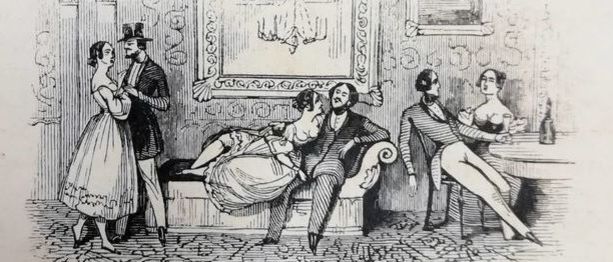Victorian Eroticism and Sexuality
Posted on 13th February 2021
The popular image of the Victorians is one of strait-laced prudery, a society obsessed with sex as the unspoken vice, an evil that debased the individual and corrupted his soul. It weakened public morals and as such sex was a subject strictly taboo and even overt displays of affection were frowned upon. Still, they enjoyed sex just as much as any other generation, but it remained a society that closely guarded against any form of temptation - it was a thick moral blanket that covered a multitude of sins.
The Victorians recognised four great evils - prostitution, masturbation, homosexuality, and drunkenness. These may have been issues rarely spoken about in polite circles, but they remained determined to stamp them out.

Victorian Britain was also a society of extremes, great wealth sat uncomfortably alongside absolute poverty and it has been estimated that at some time or other one woman in six had likely turned to prostitution to make ends meet. In 1887, the medical journal The Lancet declared there to be some 80,000 working prostitutes in London alone or 3% of the city’s population. For a society that held very firm views on womanhood and their role within it for a woman to sell her body for the sexual gratification of others was to quite literally fall from Grace with God.
In the early years of Queen Victoria's reign, it was believed that women had no sexual appetite of their own. That they only had sex to satisfy the needs of their husband or for reasons of procreation. As such they were innocent and chaste, by nature. They were the Angel in the House and had to be protected from the corrupting ways of predatory men.
This view of women was to change dramatically over the coming decades and by the 1880's women were still considered to be the weaker sex but not for reasons of their innocence but because they were unable to control their emotions and likewise their sexual desires.
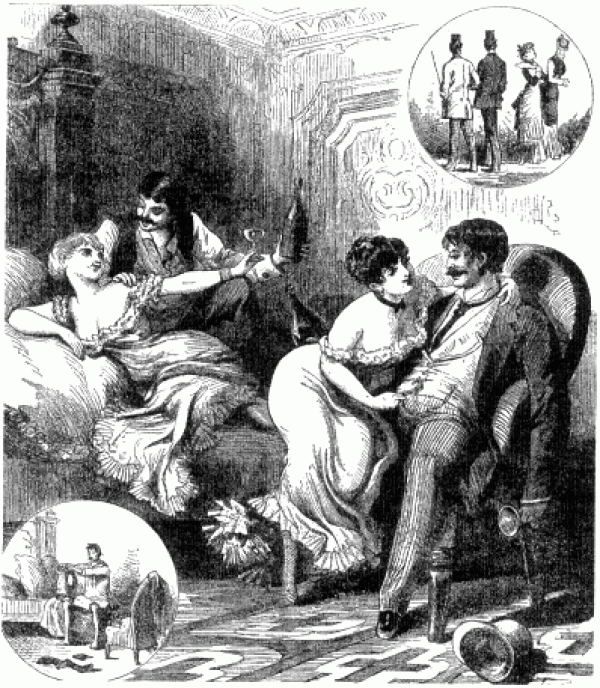
Women were weak easily tempted and in some cases their appetite for sexual gratification was insatiable. Indeed, there were only two kinds of woman, the sexual and the frigid while female menstruation was believed to bring on a temporary insanity. Because of this they would be judged according to their chastity.
In 1848, the future four times Prime Minister William Ewart Gladstone founded the Church Penitentiary Association for the Redemption of Fallen Women and not long after began to visit the seamier side of London to meet and speak to these women. Some prostitutes, the prettier ones he took to his home to convince them to mend their ways. Or so he testified in a court case he brought against a man trying to blackmail him to mend their wicked ways. It remains unknown how many doxies he steered from the path of sin, but he continued to try even as the resident of 10 Downing Street.
Despite the best efforts of people like Gladstone and other High-Anglicans to persuade people that prostitutes too were victims the image of the fallen woman remained a toxic one in Victorian society and the view held it was widely held that a woman once led astray could not be redeemed; but her descent into sexual depravity could be prevented if the signs were there and unmistakable. A woman would display the maddening effects of unrelieved sexual desire in moments of hysteria and great emotion.
The medical profession had once held that the accumulation of female sperm known as "Green Sickness" drove women insane. It was something that required relief by sexual intercourse either voluntary or forced. This view had not changed in three hundred years, but it was now thought the hysteria, or insanity, could be relieved by operating on the clitoris or by forced masturbation. Such operations were indeed carried out but remained a secret as knowledge of such would reduce the woman’s value in the marriage bed.
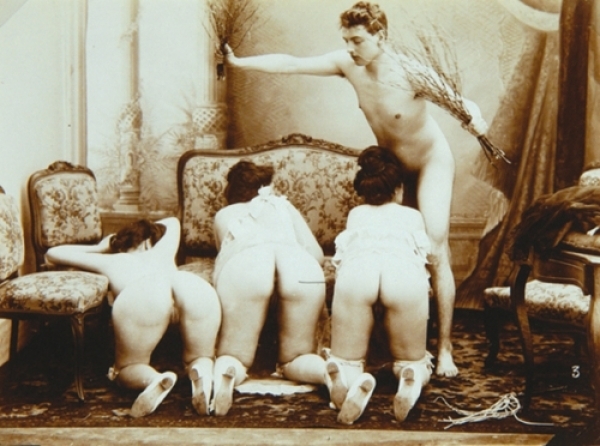
In 1885 the Criminal Law Amendment Act criminalised acts of gross indecency between men but there was no provision made in the law for women committing a similar offence. It is believed that Queen Victoria herself struck out the clause referring to women refusing to believe that such a thing existed. It was official then; lesbianism did not exist; so two women in a relationship would be ‘companions. But under the counter publications told a different story with books such the Nunnery Tales and Verbena House about the flagellation and humiliation of pupils at a Girls School just two of the many available along with periodicals and the proverbial saucy postcard. Many of the more lurid lesbian publications were in fact written by men thereby satisfying a myriad of fantasies.
Regardless of the sniggering into handkerchiefs and the whispers behind closed doors the fact that women might enjoy having sex with one another remained if not unthinkable then certainly unmentionable.
Homosexual relations between men, however, were very real and considered both an abomination and a threat to society. Indeed, prior to 1861 its practice had been a capital offence. The last man executed for committing a homosexual offence had been as late as 1830.
There were to be a number of high-profile homosexual scandals during the Victorian era with one in particular striking at the very heart of the British Establishment.

On 6 July 1890 Detective Inspector Frederick Abberline, who had earlier been prominent in the Jack the Ripper case, arrived at number 19 Cleveland Street with a warrant for the arrest of the owner of what was believed to be a homosexual brothel. The subject of the warrant was not at home, but a search of the premises uncovered the brothels client list. The police were shocked to discover some of the names that were on it which included Lord Arthur Somerset, equerry to the Prince of Wales, Henry Fitzroy, the Earl of Euston, and several high-ranking military officers. Even Price Albert Victor, the eldest son of the Prince of Wales and heir presumptive to the throne, was implicated.
Though there were prosecutions in the case none of the brothels high-profile clients was ever charged in what was widely perceived to have been an establishment cover-up.
An even more sensational case was to occur just a few years later in early 1895 when the famous and flamboyant playwright Oscar Wilde brought a case for libel against the Marquess of Queensberry.
On 18 February, the Marquess believing Wilde was having an affair with his son paid him a visit at his club, the Albermarle. Finding that Wilde was not present he left a calling card inscribed with the words, "For Oscar Wilde, posing sodomite."
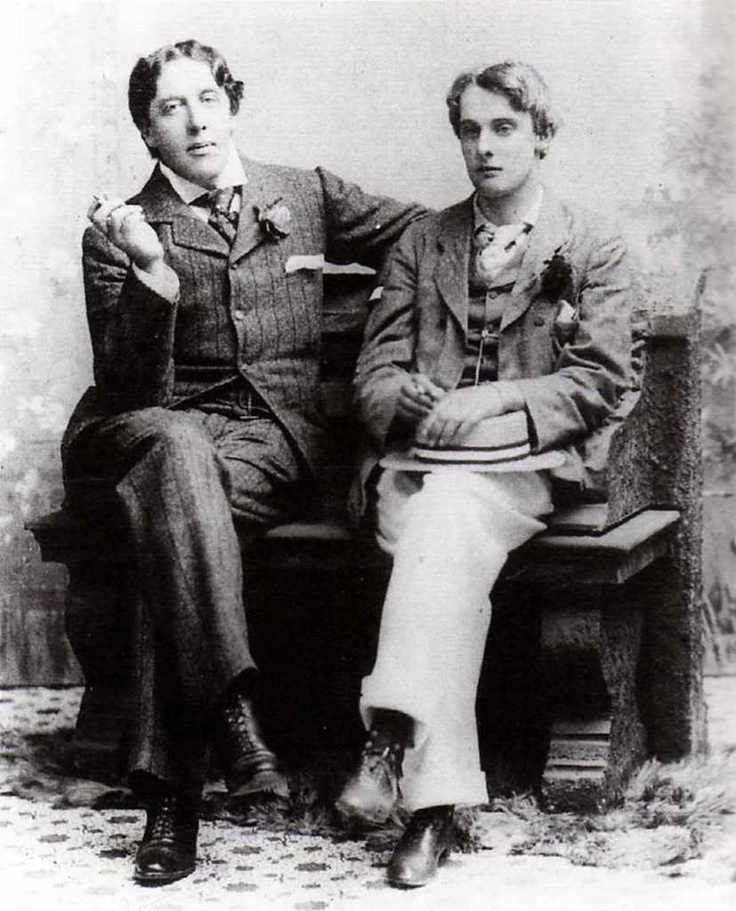
Wilde was one of the most celebrated men of his age and the accusation of sodomy was not just damaging to his career but also a stain on his character. He was convinced by his lover and against the advice of others who urged caution, to bring a case of libel.
The Trial which began on 3 April could not have gone worse for Wilde with the Defence not only able to prove that Queensberry's accusations were in general true but that by behaving as he did Wilde was a habitual transgressor of the law - the case collapsed.
On 26 April, Wilde was arrested in turn and charged under the anti-homosexuality clause of the Criminal Law Amendment Act. After, a third trial (the second had ended in a hung jury) he was found guilty and sentenced to two years imprisonment with hard labour, the maximum sentence allowed. Just three years after his release, his career in tatters and his life in ruins, he died in exile in Paris. He was aged just 46.
The atmosphere surrounding the Trial had often bordered on the hysterical and its reporting in the tabloid press lurid and sensationalist. London was it seemed a den of iniquity awash with pimps, prostitutes, and prancing sodomites. It did indeed have a thriving homosexual community centred on the areas of Soho and Covent Garden, but it was a secret world that had to be found by those who sought it. They even adopted, and adapted Polari, the language of the criminal underworld to shield their activities from the Authorities.
Such was the hysteria surrounding homosexuality then considered a degenerative disease that when the psychologist Henry Havelock Ellis published his study "Sexual Inversion" which concluded that homosexuality was neither a disease nor a crime the book was pulped and declared obscene, the bookseller jailed, and the author received death threats.
No less serious were the evils of masturbation, the so-called "solitary vice."
Whereas it was the retention of sperm in women that was a cause of their emotional instability it was the release of sperm outside of intercourse that caused the same in men with those who engaged in masturbation considered amoral and weak. If it was not checked this amorality would spread throughout the Empire and ultimately bring it to its knees. Those adults who masturbated were so diseased they could not be redeemed. The solitary vice had to be stamped out in childhood and hard measures would be undertaken to eradicate emerging sexuality especially in boys. Often put under surveillance if they were found to be masturbating then a metal case could be attached to the penis that prevented the boy from touching his private parts while still allowing him to urinate. One doctor even invented a device that could deliver an electric shock to a sleeping boy’s penis at the first sign of an erection.
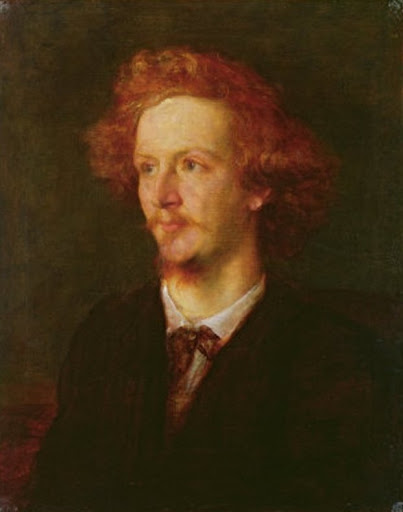
Even though for much of the Victorian era there was an evangelical religious revival it was also a time when religious certainties were being challenged and with the accepted norms of behaviour being ever more honoured in the breach pornography and erotica flourished. One of the most popular poets of his day was Algernon Charles Swinburne, a man of whom it was said had abused his penis to such an extent it resembled a teapot.
In 1887 he published The Flogging Block, a book of twelve poems that were his nostalgic paeon to the ritual flogging he endured at Eton School. Hr did so under the pseudonym Rufus Rodworthy, it was annotated by Barebum Birchingly and had titles as the Song of the Whip and Lashed into Lust. Despite the fact it had to be bought under the counter it sold well and the following year he published a similar volume entitled The Whippingham Papers.
Indeed, spanking, flagellation, and images of sado-masochistic sex dominated Victorian pornography. More than 50% of all pornographic books published in the Victorian era had a flogging theme, perhaps reflecting the Public-School background of many of its authors and readers who would have been subjected to regular canings, beatings, and ritual humiliations as small boys. This theme was continued in the illustrations of the young Aubrey Beardsley who portrayed young women their bare buttocks prominent on their knees cowering at the feet of Victorian gentlemen with a riding crop in their hands or in bare breasted chastisement of one another. It was the obsession with buttocks that reflected an equal obsession with anal intercourse, the so-called English vice.
There were those however who doubted Swinburne’s sincerity. Oscar Wilde, who as we know was lured from the comfort of a comely wife and two small children into the world of soiled sheets in cheap hotel rooms, wrote:
Swinburne was a braggart in matters of vice, who had done everything he could to convince his fellow citizens of his homosexuality and bestiality without being in the slightest homosexual or bestial.
Books such as My Secret Life by Henry Spencer Ashbee and The Lustful Turk published anonymously told graphic tales of abduction, sexual enslavement, anal rape, and castration, could be easily purchased by those in the know. As also could the erotic periodical The Pearl, published between July 1879 and December 1880 when it was closed by the police.
Its publisher William Lazenby however simply went on to publish two others, The Oyster and The Boudoir. It was also easy to come by postcards and photographs of naked young women in provocative poses if you knew where to look; but for most such images were rare and the erotic was the errant shoe, the stocking over the chair and the discarded glove or feather boa.
The thick moral blanket that cloaked so much of life in Victorian Britain most affected the middle and upper classes. The working class were always able to life their lives with a greater freedom, or at least as much freedom as a life of often extreme poverty would allow. Though the stigma attached to sexual misdemeanour remained.
Even so, it was never difficult to find sex for sale on the streets of London with cruising common and the city's parks notorious as places to procure sex with any number of "Park Whores" both male and female available at a price.
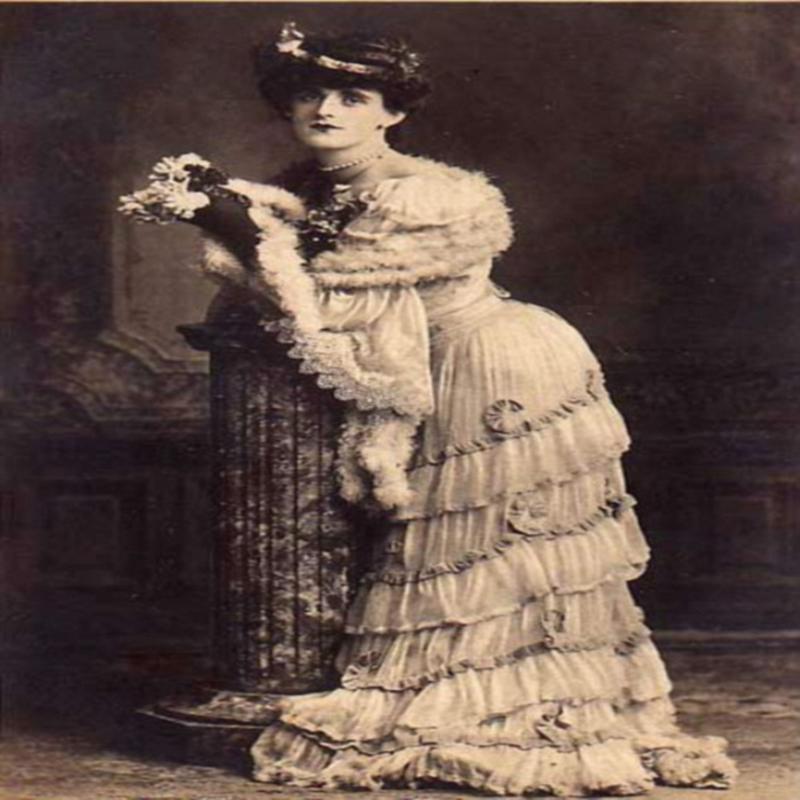
Cross-dressing was a vice few understood. Defying one’s sexual urges was one thing but wanting to dress and behave as the opposite sex was thought bizarre and the subject of both mockery and ridicule though it was judged no less harshly for that. Even so, there were drag performers in Music Hall, but these tended merely to exaggerate and reinforce already held prejudices while the more serious female impersonation was reserved for private viewing, Members Clubs and the homosexual underworld. At a time when scandal could quite literally ruin one’s life the predilection to cross-dress was best kept secret.
Frederick Park and Ernest Boulton clearly thought otherwise however, for they would openly walk the streets of London dressed as Fanny and Stella. In 1870, having been under surveillance for some time they were arrested leaving a London Theatre in full drag and charged with conspiring to commit an unnatural act, or sodomy.
The scandal made headlines in large part because Boulton was alleged to be having an affair with the Liberal MP Lord Arthur Clinton. Indeed, he referred to himself as his wife and demanded to be known as Lady Clinton even having cards printed to that effect.

The popular press lavished a great deal of time on the case and a series of sensationalist special editions or ‘penny dreadful was issued. Even the more respectable publications reported on the trial as if it were Ladies Day at Ascot:
“When placed in the dock Boulton wore a cherry-coloured evening dress trimmed with white lace, his arms were bare and he had on bracelets. He wore a wig and a painted chignon. Park’s costume consisted of a dark green satin dress low-necked, trimmed with black lace of which material he also had a shawl round his shoulders. His hair was flaxen and in curls. He had on a pair of white kid gloves.”
It was a classic case of Victorian double standards, criminal charges serious enough to suggest moral panic and reporting that inclined towards the whimsical. The two men were in the end cleared of having had sex with one another as there was no evidence to that effect but were found guilty of having ‘committed an offence against public morals and common decency,’ a favourite ‘catch-all’ of the Victorians.
A case some years later involving the male prostitute John Challis and the respectable lawyer George Campbell who were arrested at the Druids Hall in Lambeth in full drag posing as women to solicit sex engendered similar headlines.
Throughout the Victorian period Britain was a country driven by a deep sense of mission that demanded strict rules of behaviour and the rigid compliance to social norms. But like all societies that administer the strictures of stigma and admonishment it will in the end manifest itself only as hypocrisy and corrode that it was created to protect and preserve. Regardless of the law it seemed and the fear of public ridicule and disgrace, there remain certain basic human instincts that can never be suppressed.
Tagged as: Victorian
Share this post:





